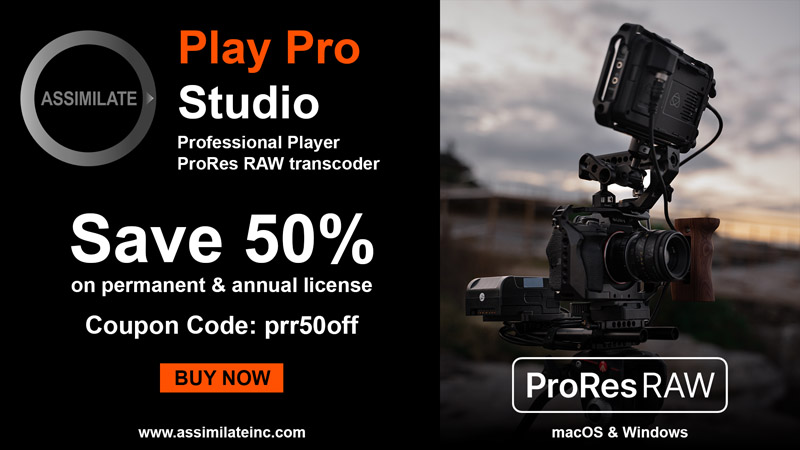The Facts About PCB Technology

Since they’re in just about everything from smartphones to televisions to radios to computers and more, printed circuit boards are one of the most common pieces of technology in the world. They’re all around us and are a key component of many devices.
Their iconic green surface and cityscape-like circuits are recognized by many, but understood by few. You’re probably within arm’s reach of one or more of them right now, but how much do you know about PCB technology?
The Origins of the PCB
Austrian inventor, Paul Eisler, is credited with the invention of the first printed circuit board.
He wanted to know whether it was possible to use printing technology to lay down the components of a circuit board, instead of using the traditional method of connecting components manually with wires.
Eisler achieved success with the method on a radio set in 1936. However, he was clearly a good few years ahead of his time, as PCBs only gained popularity in the 1950s.
PCB Design
These days, the entire PCB design and manufacturing process is aided by technology. The first step involves using CAD (Computer Aided Design) software to create the schematic and layout of the PCB. Engineers use dedicated PCB design software, such as Altium. These design tools have powerful features, such as being able to detect errors in the layout.
Their Green Color
In reality, a PCB is actually brown. The dark green color you see on the surface is the solder mask, which shows through the glass epoxy above it. The solder mask is there to protect the vital components underneath it from dust and moisture. Solder masks can also be found in blue, orange and yellow colors.
As for why green was the main color of choice, nobody really knows. Some people speculate that it was a regulatory standard used by the U.S. military. Other theories suggest that it was the original color of the solder mask. Either way, engineers stick to green today because it’s easier to detect faults in the trace lines.
Prevalence of the PCB
It’s not only true that PCBs are everywhere, but also that there are more in each piece of technology than you might think. For instance, a typical laptop contains more than a dozen different PCBs. This can include one for the touchpad, keyboard, display, camera module, memory card, hinge connector, sound system and the main board, among others.
White Etches
If you’ve ever looked closely enough at a PCB, you might have noticed the numbers, letters, characters and diagrams on the board’s surface. These white etches are known as a silkscreen. This is used to list important information on the board and identify certain components. Ironically, a silkscreen is printed onto a PCB.
PCB Evolution
Just like most technology, PCBs are getting smaller and smaller. At the same time, they’re becoming faster and more efficient. Scientists are also working on making them biodegradable so that they have a lower impact on the environment.
Conclusion
For something so seldom spoken about, PCBs are a fascinating technology. One should be excited to see how they’ll evolve in the coming decade.

